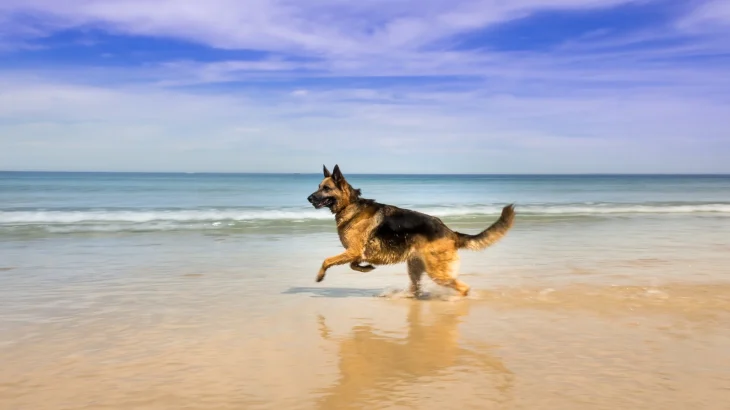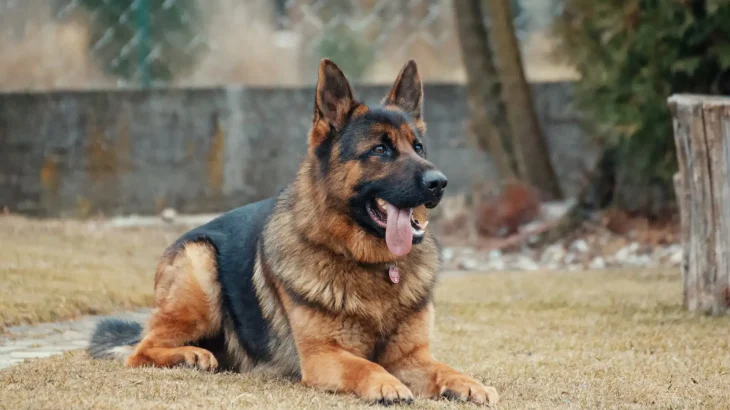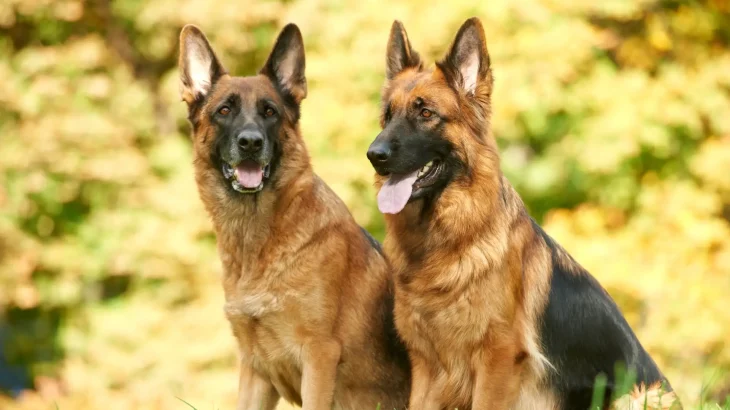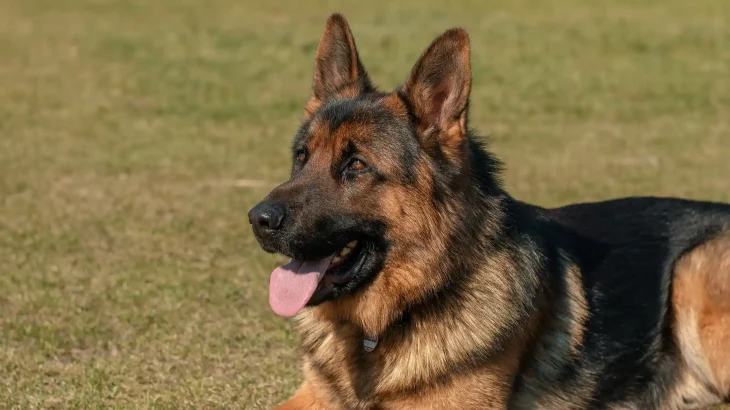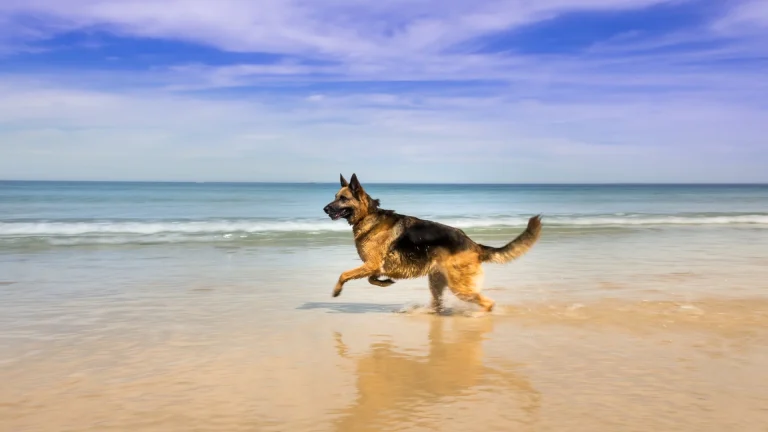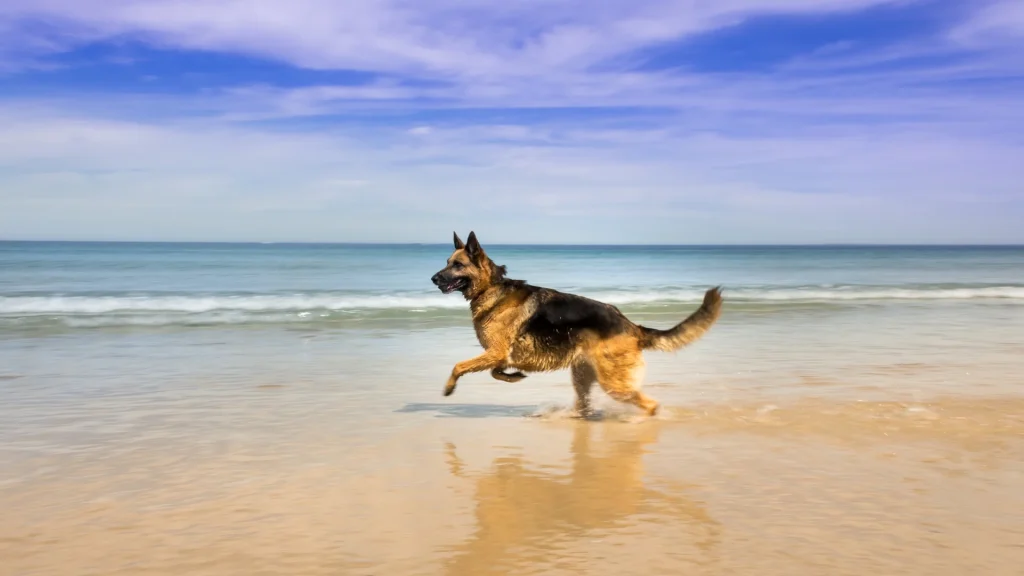Deciding between adopting or purchasing a German Shepherd Dog puppy involves weighing the certainty of the puppy's background against the opportunity to provide a home to a dog in need. Buying from a breeder typically offers clear insight into health and lineage, while adoption can be a rewarding way to rescue a dog, though with less predictability about its past.
| Criteria | Buying from Breeder | Adopting from Shelter/Rescue |
|---|---|---|
| Cost | Generally higher, reflecting pedigree, health checks, and breeder expenses. | Usually lower adoption fees, often including initial medical care like vaccinations. |
| Health History | Comprehensive records and genetic screenings available. | Health background may be incomplete; shelters conduct basic health assessments. |
| Age Availability | Primarily puppies, allowing early training and bonding. | Age varies widely; can include puppies to adult German Shepherds. |
| Temperament Insight | Breeders provide info based on lineage and parent temperaments. | Shelter staff can share observed behavior, though full history might be unknown. |
| Ethical Considerations | Support ethical breeding when choosing reputable breeders. | Helps reduce shelter overcrowding and saves lives. |
| Breed Purity & Pedigree | Clear pedigree and breed standards ensured. | Breed purity may be uncertain; some dogs may be mixed or of unknown lineage. |

